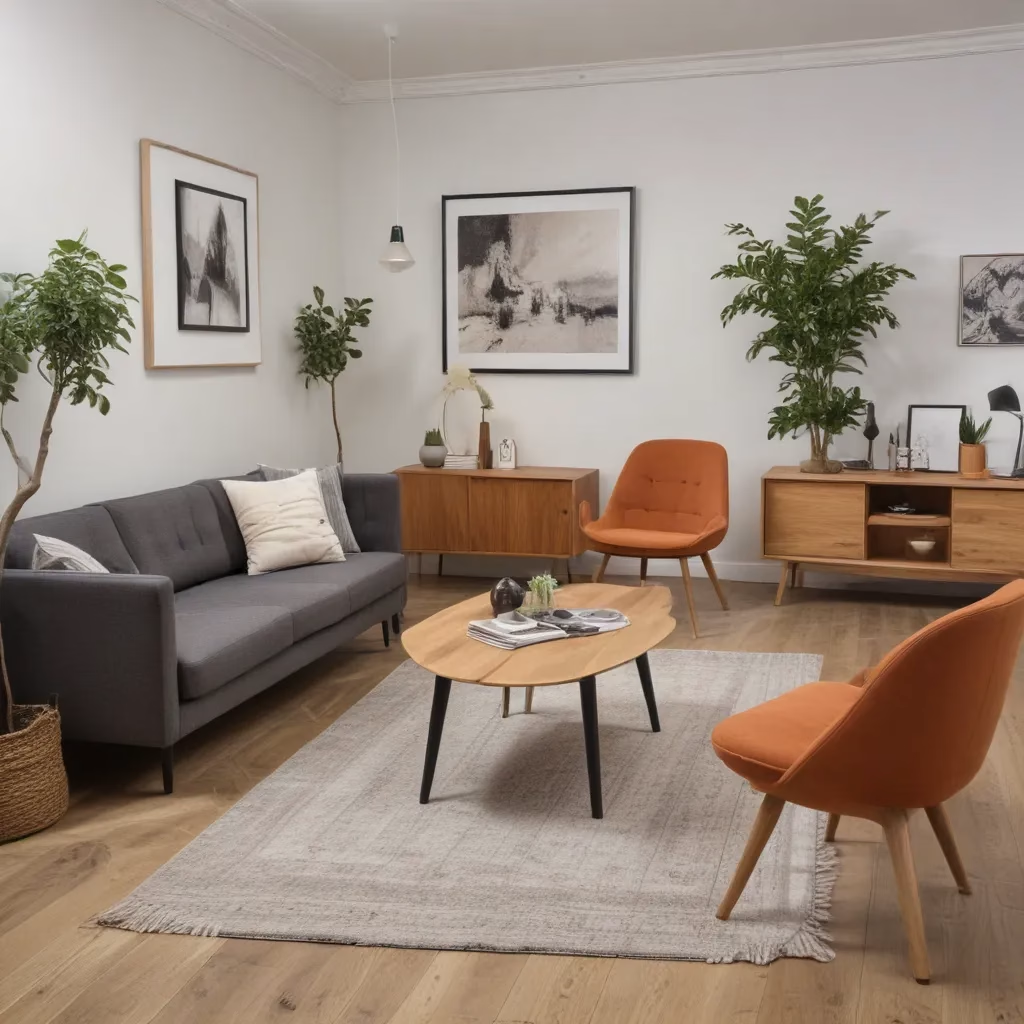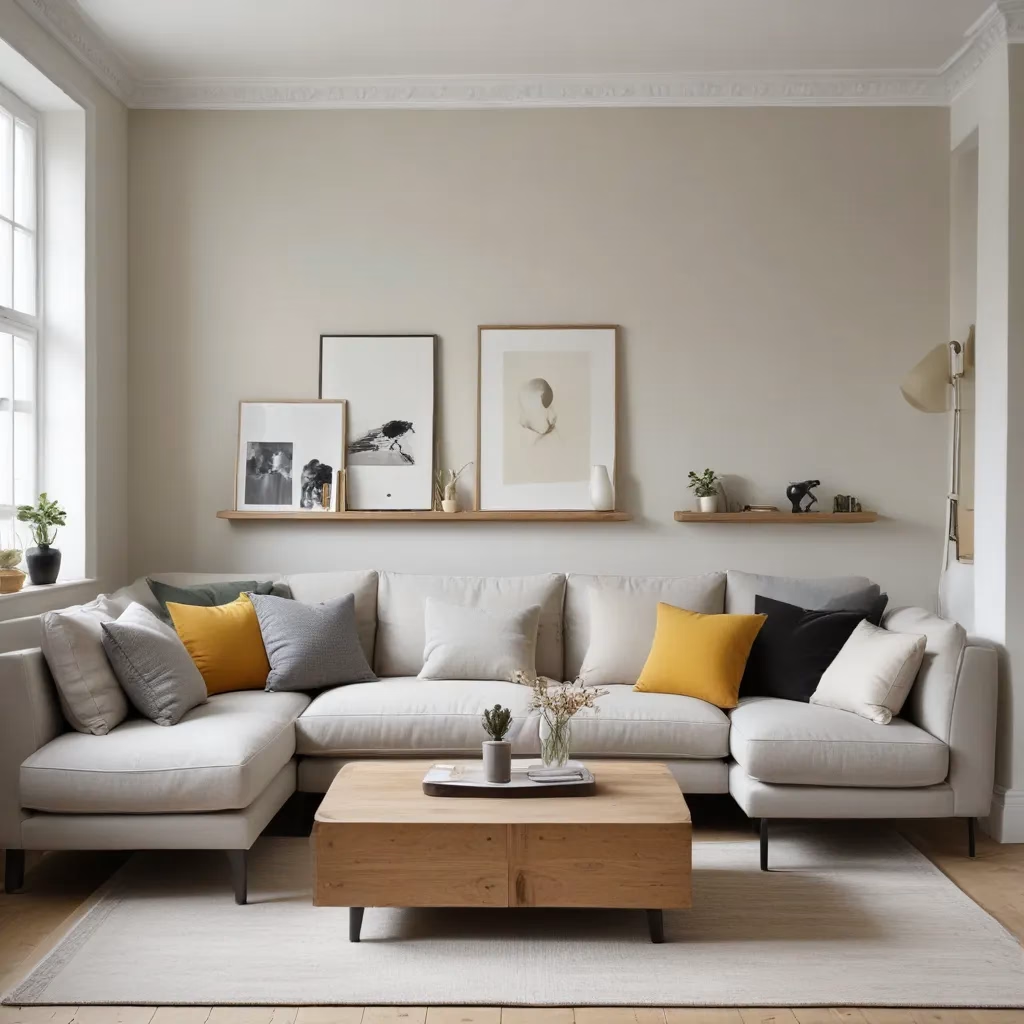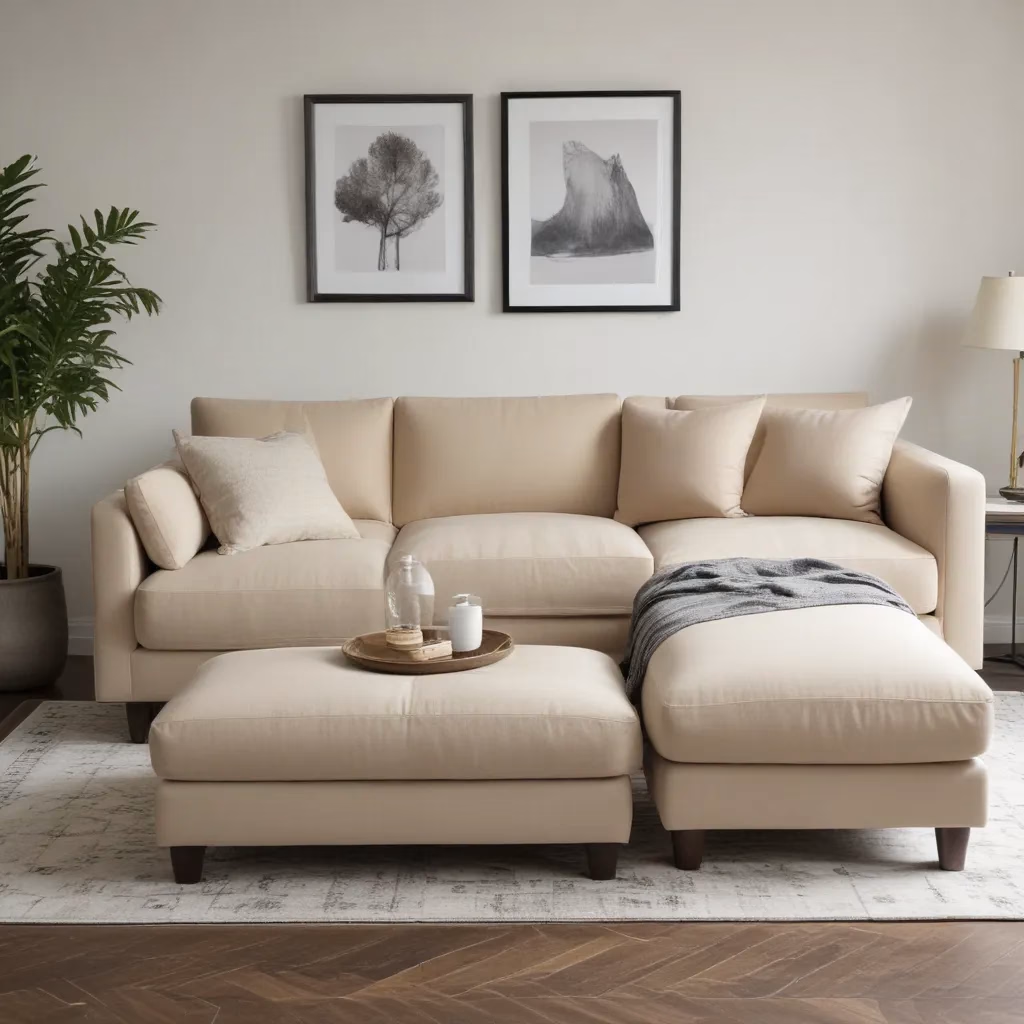
As an experienced furniture consultant and interior design writer, I know that how we arrange our living room furniture can dramatically impact the overall functionality and aesthetics of the space. We learned this the hard way… At SofaSpectacular, we specialise in high-quality sofas, upholstery, and living room décor, so I’m excited to share my top tips for optimising traffic flow and enhancing conversation in your home.
Furniture Placement Principles
Proper furniture arrangement is often underestimated, yet it significantly influences the functionality and flow of a room. Aesthetic design and practical usability go hand-in-hand – well-placed furniture not only enhances a room’s visual appeal but also ensures it serves its intended purpose effectively. By understanding and applying key principles of furniture placement, you can transform any living space, making it feel larger, more inviting, and perfectly tailored to your lifestyle.
Space Utilisation and Traffic Flow
The strategic arrangement of your furniture can impact the perceived size of a room, making even the most compact space feel spacious and welcoming. To create a harmonious and functional living area, consider the traffic patterns in the room. Identify the main pathways and double-check that they remain unobstructed, allowing for comfortable and logical movement.
“Proper furniture arrangement is often underestimated, it significantly influences the functionality and flow of a room.”
When planning your furniture layout, aim for a minimum of 2-3 feet of clearance between pieces to allow for easy navigation. Avoid blocking doorways or creating bottlenecks that could disrupt the natural flow of the space.
Conversation-Friendly Arrangements
In the living room, the furniture arrangement should also facilitate social interaction and encourage conversation. Group your seating, such as sofas and armchairs, in a way that promotes face-to-face interaction. Placing these pieces at angles, rather than lining them up against the walls, can create a more intimate and engaging setup.
Positioning a coffee table or ottoman in the centre of the conversational area provides a functional surface for drinks, snacks, and decor, while also helping to define the space and draw people together.
Balancing Aesthetics and Functionality
Striking the right balance between visual appeal and practical functionality is key to creating a living room that feels both inviting and well-designed. Consider the scale and proportions of your furniture in relation to the size of the room – oversized pieces can overwhelm a small space, while petite furnishings may get lost in a larger area.
Aim for a harmonious mix of furniture sizes and shapes that complement the architectural features and overall aesthetic of the room. Incorporate a variety of textures, colours, and heights to add visual interest and keep the eye moving around the space.
Sofa Selection and Placement
When it comes to furnishing your living room, the sofa is often the focal point and the foundation upon which the rest of the furniture arrangement is built. Selecting the right sofa and positioning it strategically can have a significant impact on the overall flow and functionality of the space.
Fabric and Upholstery Considerations
The fabric and upholstery of your sofa can greatly influence the overall aesthetic and mood of the living room. When choosing a sofa, consider the durability and maintenance requirements of the upholstery material, as well as how it will complement the existing décor. Leather, microfibre, and velvet are popular options that offer different levels of comfort, cleanability, and visual appeal.
Sizing and Proportions
The size and proportions of your sofa are crucial factors in creating a harmonious and well-balanced living room layout. Measure the available space carefully and select a sofa that fits the scale of the room without overwhelming or underwhelming the space. A sectional sofa or loveseat may be more suitable for smaller living rooms, while a full-size or oversized sofa can anchor a larger space.
Positioning for Optimal Conversation
Once you’ve chosen the perfect sofa, consider its placement in the room. Positioning the sofa to face the main focal point, such as a fireplace or a stunning view, can create a visually appealing and functional arrangement. Additionally, angling the sofa slightly or placing it at a diagonal can encourage conversation and promote a more intimate, conversational setup.
Living Room Layout Strategies
Beyond the sofa, the strategic placement of other furniture pieces, such as armchairs, side tables, and media units, can greatly enhance the flow and functionality of your living room.
Zoning and Furniture Grouping
Divide your living room into distinct zones or “conversation areas” by strategically grouping your furniture. This can be achieved through the use of area rugs, different paint colours, or the arrangement of seating pieces. By creating these defined zones, you can encourage socialisation, promote a sense of intimacy, and double-check that the space is used efficiently.
Walkway Design and Clearances
When arranging your furniture, be mindful of the traffic patterns and double-check that that walkways are clear and unobstructed. Aim for a minimum of 2-3 feet of clearance between pieces to allow for comfortable movement, and consider the placement of coffee tables, ottomans, and other low-profile furniture to avoid creating tripping hazards.
Focal Point Placement
Identify the primary focal point in your living room, whether it’s a fireplace, a large window, or a striking piece of artwork. Arrange your furniture in a way that draws the eye to this central feature, creating a harmonious and visually appealing layout.
Sofa Care and Maintenance
To double-check that your sofa remains in peak condition and continues to enhance the overall aesthetic and functionality of your living room, it’s essential to prioritise proper care and maintenance.
Cleaning and Stain Removal
Regularly clean your sofa to maintain its appearance and extend its lifespan. Refer to the manufacturer’s instructions for the recommended cleaning methods and products, as different upholstery materials may require specific care. Promptly address any spills or stains to prevent them from setting and causing permanent damage.
Upholstery Repair and Rejuvenation
Over time, your sofa may experience minor wear and tear, such as loose cushions or damaged seams. Instead of immediately replacing the entire piece, consider professional upholstery repair or DIY rejuvenation techniques to breathe new life into your furniture. This can be a cost-effective way to maintain the comfort and visual appeal of your sofa.
Extending Sofa Lifespan
Proper care and maintenance can significantly extend the lifespan of your sofa. Rotate and fluff the cushions regularly, protect the upholstery from direct sunlight, and address any issues promptly to prevent further damage. With a little TLC, your sofa can remain a cherished and functional centerpiece of your living room for years to come.
Styling for Comfort and Aesthetics
Beyond the practical considerations of furniture placement and sofa care, the final touch in creating a truly inviting and visually stunning living room lies in the art of styling and accessorising.
Layering Textures and Patterns
Incorporate a mix of textures and patterns to add depth, visual interest, and a cosy ambiance to your living room. Layer throw pillows with different fabrics, such as velvet, linen, or wool, and complement them with patterned or textured blankets or rugs.
Accent Pieces and Decorative Touches
Strategically place accent furniture, such as side tables, end tables, or floor lamps, to enhance the functionality and aesthetic appeal of your living room. These pieces can serve as practical surfaces for lighting, decor, and personal touches that reflect your unique style.
Lighting and Ambiance
Lighting plays a crucial role in the overall ambiance and functionality of your living room. Incorporate a mix of ambient, task, and accent lighting to create a warm and inviting atmosphere. Dimmers can also be used to adjust the lighting levels to suit different activities, from cosy movie nights to lively social gatherings.
By applying these principles of furniture placement, sofa selection, and décor styling, you can transform your living room into a harmonious and welcoming space that optimises traffic flow, encourages conversation, and reflects your personal style. For more inspiration and practical tips, be sure to visit SofaSpectacular.co.uk, where you’ll find a wide range of high-quality sofas, upholstery, and living room accessories to elevate your home’s comfort and aesthetics.
Example: Living Room Makeover Series with Modular Sectionals



